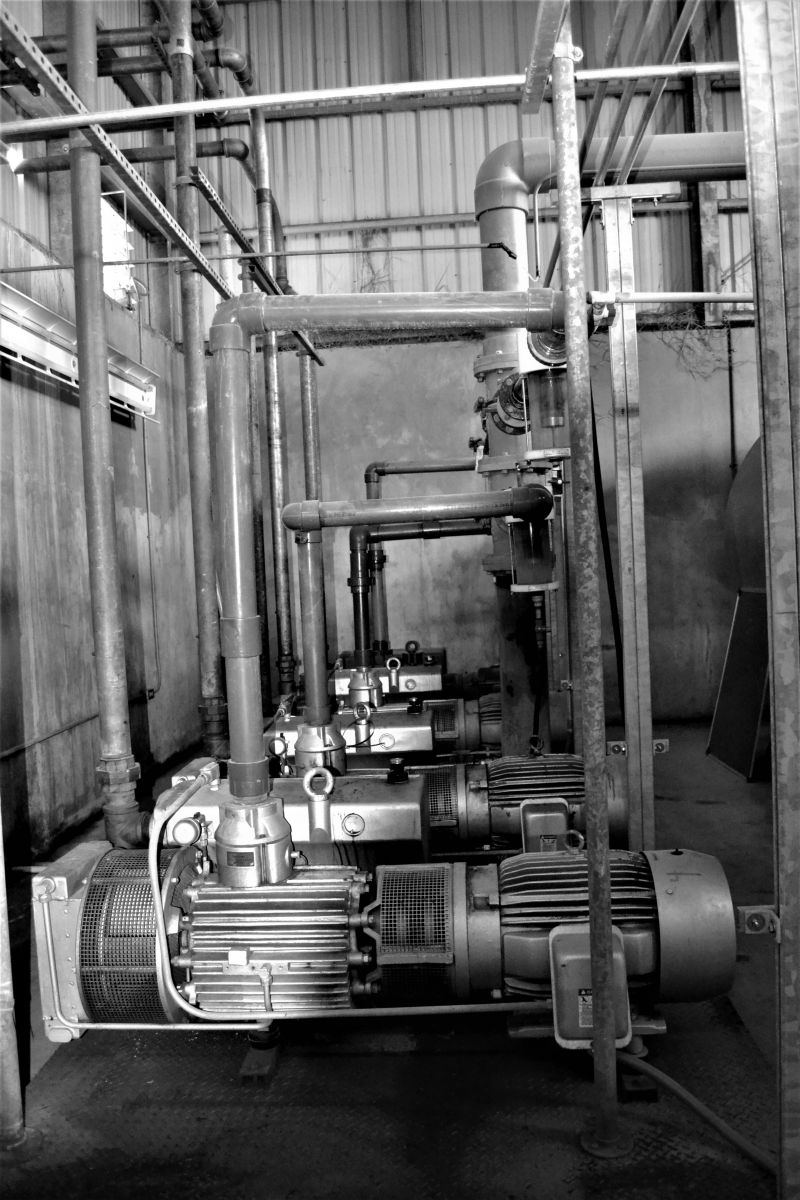POC VACUUM SEWER SYSTEMS
A LITTLE HISTORY
Port O’Connor’s sewer was handled through septic tanks for many years. During the 70’s, POC’s summer population exceeded the capacity of the existing septic systems. The saturated soil could not handle the increased sewage from the tanks, rendered water wells unsafe and required the halt of any new construction until the district could find a solution.
Engineering firms presented two different solutions: a gravity system & a vacuum system. Given POC’s flat terrain and high-water table, the gravity system proved problematic and significantly more expensive.
POC chose the vacuum system for its ability to better function in POC’s conditions while presenting fewer long-term maintenance concerns and significant decrease in costs with a vacuum system.
HOW DOES OUR VACUUM SYSTEM WORK?
POCID has 2 vacuum stations & over 1700 sewer connections. Vacuum pumps, located in a vacuum station, pull sewage from pits near residences into a sealed collection tank. Then, sewage is pumped out to a force main and travels to a treatment plant. (So basically, when a toilet is flushed or a shower drained, wastewater leaves your property in a traditional gravity line to collect in an airtight fiberglass pit at the property line.)When the fluids level in the pit reaches a predetermined point, a valve opens briefly, a differential pressure pulls the pit’s contents into the vacuum main. Waste water is then sucked through the mainline (arranged in a sawtooth design to prevent blockage when flow is low) until it reaches the collection tank in the vacuum station and is ultimately released to a treatment plant.
WHAT ARE THE PROBLEMS
The efficient and effective operation of our system involves a partnership between the customers and the District. When the collection system is inundated with rain water from broken vents, pipes and/or improper drains then the entire system suffers. It is essential that we abate the issues that cause this extra water to flow into our system. When we know the system is receiving rain water we begin to search for the causes.
One problem we have encountered is a massive inflow of rainwater during rainstorms. For example, on August 30th, 2016, the wastewater plant saw 617,000 gallons of water compared to the typical daily flow of 150,000 gallons or less. The system is not designed to handle this much flow, it becomes waterlogged, and some customers experienced problems flushing their toilets.
By design, a vacuum system must be airtight in order to function correctly. Therefore, POC’s system does not inherently have any openings by which rainwater could enter the system. Instead rainwater is getting into the system through customer’s private sewer lines.
Some customers have been known to cut off the vent pipe (candy cane) to allow rainwater to drain from their yard into the system. Or there may be leaks in the line from the customer’s home to the vent.
HOW CAN YOU HELP?
- If you have a vent (candy cane), make sure it is glued and at least 18” above the ground and does not have any openings to allow rainwater in. Make sure your vent (candy cane) is not broken above or below the ground.
- Have your service line inspected to ensure it does not have any cracks/openings through which rainwater could enter.
- If you notice any sink holes around the pit, notify the District as this may be a sign of a crack in the pit that could introduce rainwater into the system.
- If you notice these problems on any other property, notify the District so the problem can be repaired.
- RV hook ups need to be capped when not in use.
As always, the District is here to answer any questions or assist you in whatever means available so please do not hesitate to contact us @ 361-983-2652 regarding this issue. It is in everyone’s best interest that we work together. We appreciate your cooperation and prompt attention to this matter.


 Vacuum Station
Vacuum Station